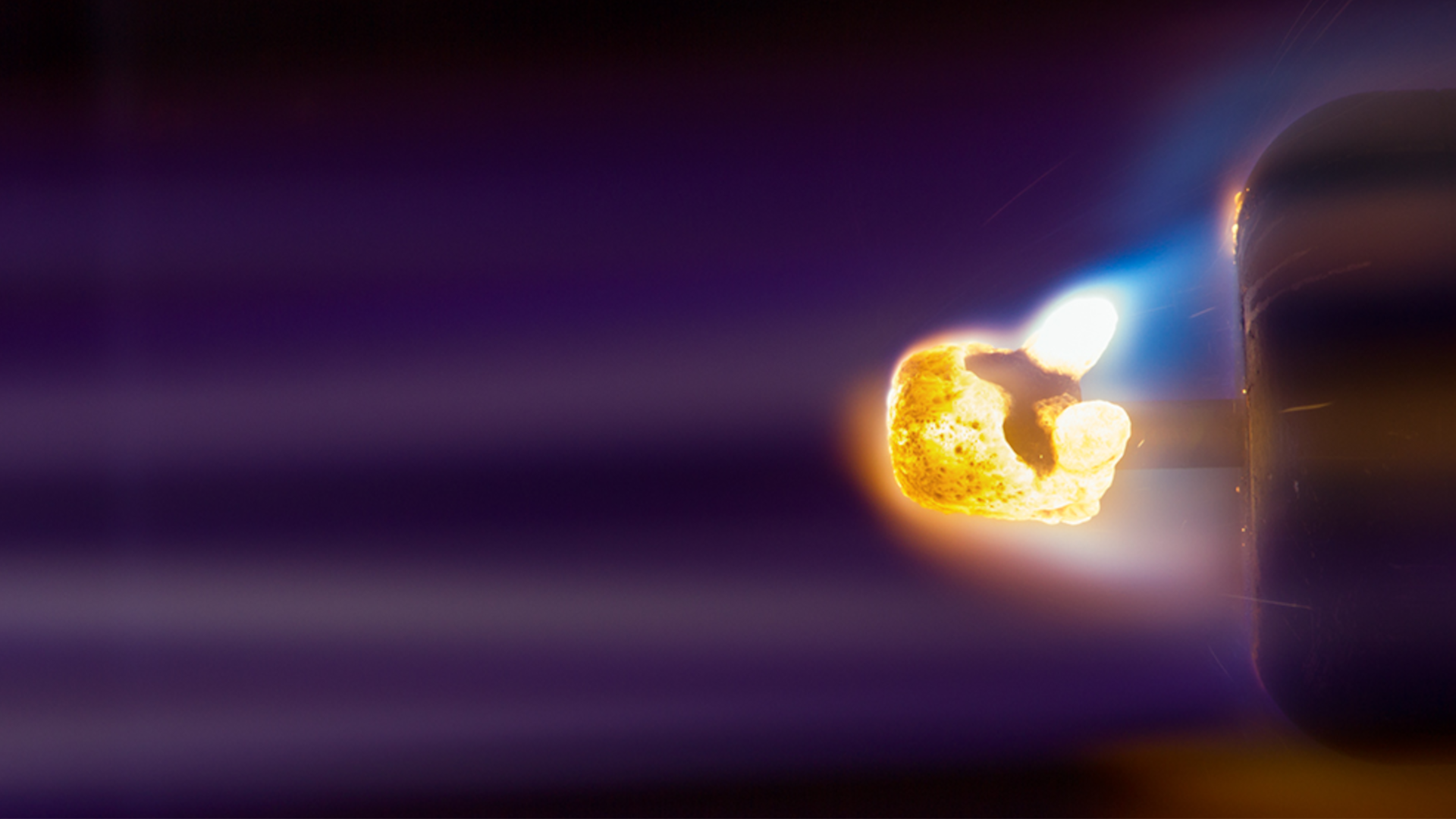Session Descriptions
Venus
A new era of Venus exploration is unfolding, with several organizations planning multiple missions to the planet over the coming decade. The subsequent steps in Venus exploration may include aerial platforms, short duration landers, and long-lived lander concepts for which technologies are still under development. Our dedicated Venus IPPW session invites submissions on both scientific platform technologies and the experiments that will be conducted from them. Of particular interest are innovative techniques for exploring Venus that employ methods for coping with and/or exploiting its severe environment. We especially welcome Venus science contributions, both surface and atmospheric, from selected missions or from missions in development.
Mars
This session will focus on recent, current, in development, and proposed Mars missions. Topics may include science, technology, and systems dealing with the in-situ exploration of Mars, including aerobraking, entry, descent, and landing segments, and sample return. Contributions to this session can address aspects such as (but not limited to) climate, atmospheric science, astrobiology, geology, in-situ resource utilization, and human exploration through the use of local, regional, or global landed networks.
Ice Giants & Gas Giants
The gas giants (Jupiter & Saturn) and ice giants (Uranus & Neptune) each offer unique opportunities for improving our understanding of planetary science and astrobiology. This is reflected in the recent planetary science decadal survey, which identifies the Uranus orbiter and probe as the highest priority new flagship mission and includes a Saturn probe as a prioritized theme for medium-class missions. This session will bring together contributions related to scientific investigation, entry descent and landing systems, cross-cutting technologies, and mission concepts relevant to in-situ exploration of the outer planets. Discussions of lessons learned from relevant previous missions or ongoing efforts are also welcome.
Titan & Airless Bodies
This session combines contributions on all aspects of the exploration of Titan as well as airless bodies such as Planetary Moons beyond Earth (Europa, Enceladus, etc), Asteroids, Comets, and Planets like Mercury. Content may include related science and science goals/drivers, mission concepts, entry, descent and landing technologies, ocean access methods for the water worlds, architectures for and development of landers/rovers/vehicles, instrumentation, and field testing of technologies/equipment. Abstracts on current and future mission proposals, operational strategies, impact of lessons learned from previous missions, as well as results of current projects are equally invited.
Modeling, Simulation, Testing & Validation
This session will focus on advancements in modeling & simulation, testing, and validation methods for entry, descent, and landing (EDL) missions. Such relevant topics include: flight dynamics/stability; computational fluid dynamics (CFD); shock layer radiation and kinetics, guidance, navigation, and control (GNC); materials and thermal protection systems (TPS); decelerator systems; plume surface interaction (PSI); multiphysics modeling and capabilities; and related disciplines. Current work in testing and demonstration techniques, model validation, and diagnostics are also a major component of this session. Work that advances the state-of-the-art, broadens the capabilities of EDL technologies, or compares/leverages both testing and computational models including data-driven modeling, is especially relevant. Preference is given to discussion of models, simulations, ground testing, flight tests, and validation applied directly to specific EDL missions and proposals, rather than general model development.
Innovative Concepts for Exploration
This session invites submission of abstracts that propose novel and highly innovative future mission concepts, scientific measurement instruments, technologies, and programmatic approaches for solar system exploration. This includes, but is not limited to, non-traditional entry, descent, and landing concepts and technologies, innovative in-situ exploration of solar system bodies including multi-sensor/multi-probe and swarm approaches, small spacecraft exploration missions and technologies, and innovative solutions for reducing mission risk and/or life cycle costs to enable a greater number of mission opportunities or facilitate synergies between missions. Preference will be given to innovative and visionary ideas that have the potential to significantly advance the state of the art in current exploration approaches, capabilities or technologies.
Aeroassist, Entry, Descent, & Landing
This session focuses on the development and advancement of EDL technologies to enable future planetary missions involving probes, landers, and deployable flight vehicles. Areas of interest include but are not limited to aeroassist maneuvers, thermal protection systems, deployable heat shields, aerothermodynamics, parachutes, GN&C, retro-propulsion, landing systems, and associated instrumentation. Discussion of new concepts and flight demonstrations is encouraged.
Science, Instrumentation, Experiments & In-Situ Measurements
Science instruments are a key component of planetary exploration missions. Scientific experiments in space exploration typically involve the development of instrument concepts and ideas through experiments and field campaigns. This session invites abstracts discussing instrument concepts, hardware, and field experiments aimed at demonstrating and developing scientific investigations for planetary exploration. Abstracts may include topics such as innovative concepts for previously infeasible measurements or report on progress made in developing instrumentation hardware or measurement techniques through experiments. Priority will be given to experiments or instrumentation geared towards in-situ measurements such as landers, probes, or aerial platforms. A combined scientific/technical approach, addressing both the scientific objectives and measurement principles are encouraged.
Earth and Moon
Topics pertaining to the return of payloads to Earth and missions to the lunar surface, including robotic and human lunar exploration, are invited for discussion. Areas of focus may include science, technology, and systems addressing Earth return and lunar deorbit, descent, landing, surface operations, and ascent. This session welcomes submissions focused on emerging state-of-the-art technologies and operations that enable both scientific and exploration initiatives in the near term, as well as concepts supporting advanced future missions within the cislunar sphere of influence.

